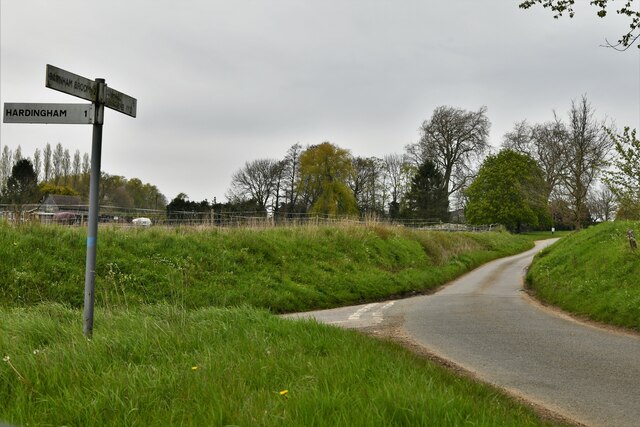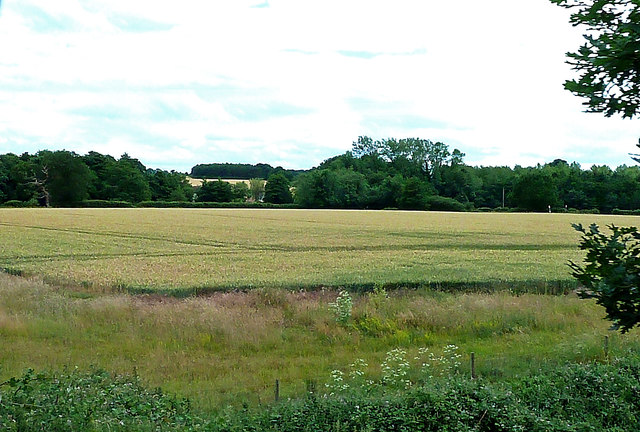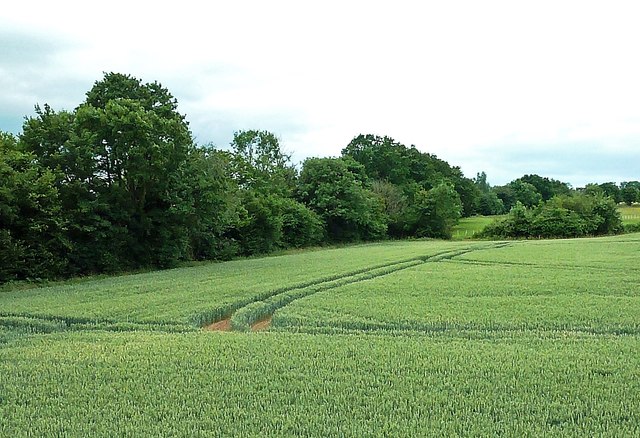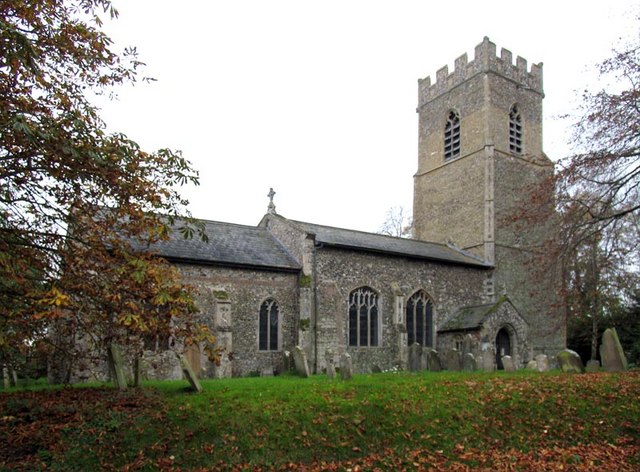Brandon Parva, Upper
Settlement in Norfolk South Norfolk
England
Brandon Parva, Upper

Brandon Parva is a small village located in the civil parish of Upper, Norfolk, England. Situated in the Breckland district, it lies approximately 11 miles southwest of the town of Thetford. The village is nestled amidst picturesque Norfolk countryside, offering a tranquil and idyllic setting for its residents.
With a population of just over 100 residents, Brandon Parva features a charming mix of residential properties, including period cottages and modern houses. The village retains its rural character and is surrounded by farmland, providing a peaceful and scenic environment for its inhabitants.
While Brandon Parva does not have its own amenities, it benefits from its close proximity to neighboring towns and villages. The nearby village of Great Ellingham, approximately 2 miles away, offers a range of facilities including a primary school, village hall, and local shops. Additionally, the market town of Attleborough, located around 3 miles to the southeast, provides further amenities, such as supermarkets, restaurants, and a wider range of services.
The village of Brandon Parva is well-connected by road, with the A11 highway passing just a couple of miles to the west, providing convenient access to Norwich, Cambridge, and London. The surrounding countryside offers ample opportunities for outdoor activities, including walking, cycling, and exploring the nearby Thetford Forest Park.
In conclusion, Brandon Parva is a peaceful and picturesque village in the Upper, Norfolk area. Its rural charm, combined with its proximity to nearby amenities and transport links, makes it an attractive location for those seeking a tranquil countryside lifestyle.
If you have any feedback on the listing, please let us know in the comments section below.
Brandon Parva, Upper Images
Images are sourced within 2km of 52.631398/1.0130029 or Grid Reference TG0408. Thanks to Geograph Open Source API. All images are credited.


Brandon Parva, Upper is located at Grid Ref: TG0408 (Lat: 52.631398, Lng: 1.0130029)
Administrative County: Norfolk
District: South Norfolk
Police Authority: Norfolk
What 3 Words
///nuzzling.husband.cafe. Near Mattishall, Norfolk
Nearby Locations
Related Wikis
Thuxton railway station
Thuxton is a railway station in the village of Thuxton in the English county of Norfolk. The station is served by heritage services operated by the Mid...
Wymondham to Wells Branch
The Wymondham to Wells Branch was a railway built in stages by the Norfolk Railway, Eastern Counties Railway and Wells and Fakenham Company between 1847...
Mid-Norfolk Railway
The Mid-Norfolk Railway (MNR) is a 17+1⁄2 miles (28.2 km) preserved standard gauge heritage railway, one of the longest in Great Britain. Preservation...
Garvestone
Garvestone (or Garveston) is a village and former civil parish, now in the parish of Garvestone, Reymerston and Thuxton, in the Breckland district, in...
Runhall
Runhall is a village and former civil parish, now in the parish of Brandon Parva, Coston, Runhall and Welborne, in the South Norfolk district, in Norfolk...
Thuxton
Thuxton is a small village and former civil parish, now in the parish of Garvestone, Reymerston and Thuxton, in the Breckland district, in the county of...
Breckland District
Breckland is a local government district in Norfolk, England. Its council is based in Dereham, although the largest town is Thetford. The district also...
Brakefield Green
Brakefield Green is a village in Norfolk, England. The population is included in the civil parish of Whinburgh and Westfield. == External links == Media...
Nearby Amenities
Located within 500m of 52.631398,1.0130029Have you been to Brandon Parva, Upper?
Leave your review of Brandon Parva, Upper below (or comments, questions and feedback).




















